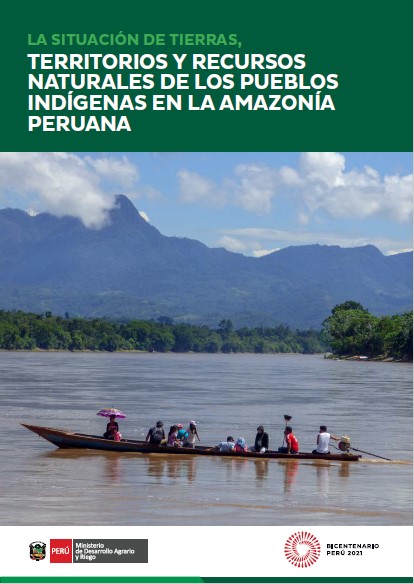Land Mastery, Major Issue For Wetlands Conservation In Rural Areas: Case Of Macta In Northwestern Algerian.
Context and backgroundThe Macta wetland is a coveted and fragile area with a biodiversity hot-spot on the Algerian western coast and the southern shore of the Mediterranean. This rural area is affected by the increase of human activity linking, mainly, agricultural and pastoral practices.




